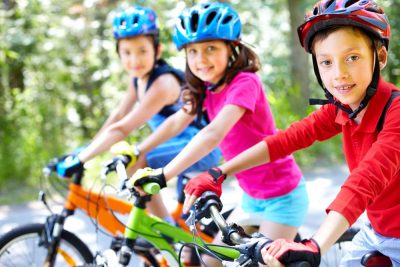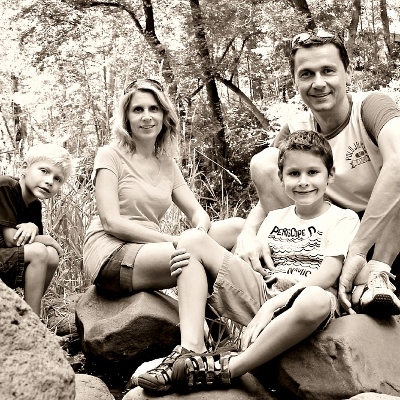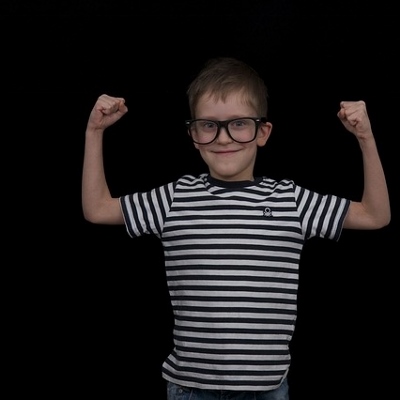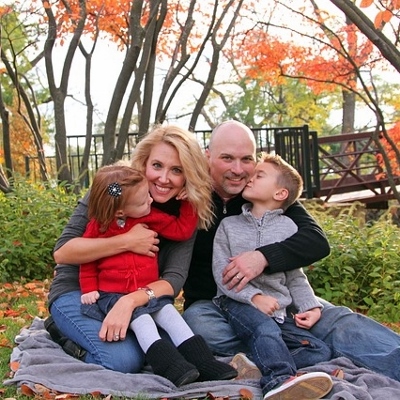 Road safety is a key lesson for all children and it is understandably one of the biggest concerns many parents have. As cycling continues to grow in popularity it is vital that all children know how to keep safe whilst cycling and enjoy the health and social benefits of keeping active by bike. We take a look at some of the most effective ways that you and your family can stay safe on the roads.
Road safety is a key lesson for all children and it is understandably one of the biggest concerns many parents have. As cycling continues to grow in popularity it is vital that all children know how to keep safe whilst cycling and enjoy the health and social benefits of keeping active by bike. We take a look at some of the most effective ways that you and your family can stay safe on the roads.
The best option is for parents and children alike to attend a cycle safety course, many of which are offered by NGOs like Life Cycle UK, a charity that aims to educate the public of the benefits of cycling and to ensure that cyclists are fully aware of the safety issues so they are fully prepared to navigate roads.
Courses such as this provide children with greater knowledge of the Highway Code and the confidence to cycle safely and responsibly. Not only do these courses develop children’s basic cycling skills it also introduces them to the risks that other road users can pose, as well as how to navigate through any challenges they may come across.
What tips can I teach my child?
This may seem basic but you should always wear a helmet when cycling with your children as it instills the importance of doing so in your kids. After all, it is always best to lead by example. A helmet can save a child’s life so make sure that they don’t leave the house without one.
The importance of signaling clearly should not be underestimated. It is vital that you alert other road users to your intentions, by using your arms and your bell if necessary, and a key aspect of this is ensuring that you are always in a position where you can be seen by drivers. This may mean that you position your bike slightly ahead of the traffic just to ensure that the driver behind has spotted you; this is particularly important when there is a large vehicle behind that may have a substantial blind spot.
Junctions are a danger hotspot so take extra care as you approach them. Don’t be tempted to jump a red light to get ahead of the traffic as there may an unseen hazard on the road ahead. Cyclists should also be cautious when overtaking vehicles on the left, especially if a junction is ahead, as cars may make a sudden left turn and not see you. Again, this is particularly important if you are passing large vehicles such as buses or heavy goods vehicles (HGVs) as one of the main causes of cycling fatalities occurs from large vehicles turning left.
Research funded by bicycle accident specialists, Cycle Claim Line, indicates that most accidents occur on leisure rides, as opposed to the commute to work. The figures also show that around 170,000 cyclists are involved in a non-fault accident in the UK each year.
How important is the bike to keeping my child safe?
Most parents will be used to the difficulties of buying a new bike for their child. Kids are more concerned with how the bike looks than if it is an appropriate choice for them; therefore, you need to be aware of the pros and cons of each type of bike.
Generally, the cheaper the bike, the heavier it is likely to be. This can make it difficult for new riders and can make it far more tiring to cycle too. Although it has a higher price tag, a lighter bike is a more sensible long-term investment and will ensure that your child gets years of enjoyment out of it.
How many gears? If you ask a child they are likely to say “the more, the betterâ€. However, a one-gear bike is the best option for your child’s first bike and you shouldn’t be tempted to purchase a seven or eight gear model until your child has mastered the basics. Not only does an unnecessary amount of gears make the bike more difficult to ride, it also increases the chances of mechanical complications.
Another common mistake to make when purchasing a child’s bike is to buy a larger model. Some parents might think that the child will get more use out of it as they can “grow into itâ€. However, it will be far more of a challenge to ride and could even discourage them from cycling. A perfectly fitted bike means that you shouldn’t need to stretch to reach the handlebars or brakes and your knees should be well clear of the handlebars as you pedal.
Cycling is a fantastic activity for the whole family, as well as an ideal way to keep fit and active, so ensuring that you and your family remain safe on the roads should be your top priority.
Brought to you by our friend, Jose Calvo.










